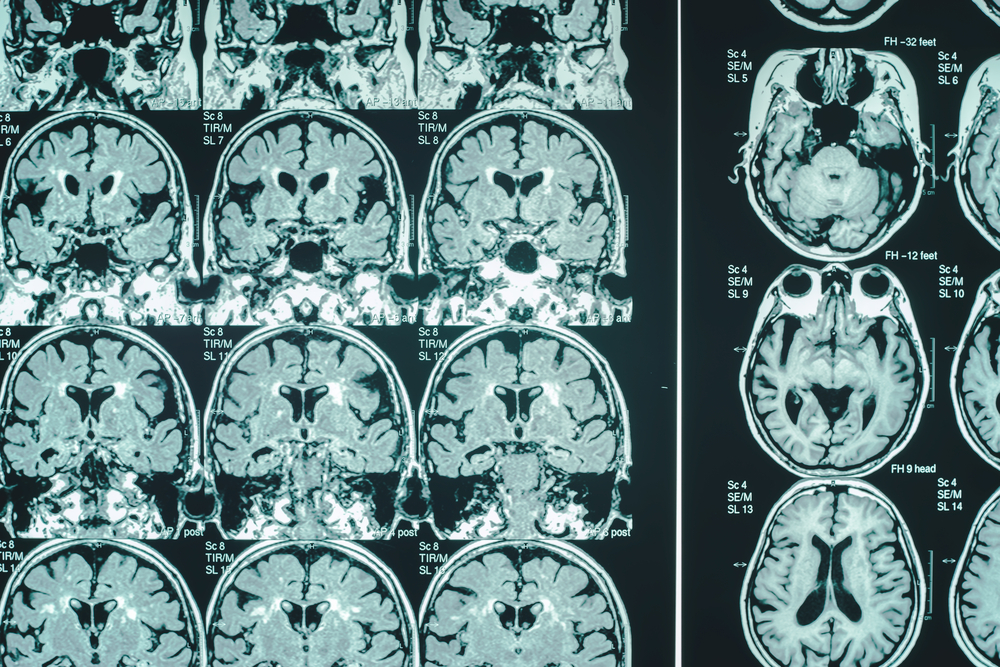
A new early test for Alzheimer’s disease (AD) may soon be on the way.
Researchers from the Sanford Burnham Prebys Medical Discovery Institute (SBP) have found a peptide in mice that could pave the way for the early detection of Alzheimer’s disease for humans.
“We have identified a peptide [DAG] that recognizes a protein that is elevated in the brain blood vessels of AD mice and human patients,” Aman Mann, Ph.D., a research assistant professor at SBP, said in a statement. “The DAG target, connective tissue growth factor [CTGF] appears in the AD brain before amyloid plaques, the pathological hallmark of AD.
“CTGF is a protein that is made in the brain in response to inflammation and tissue repair,” he added. “Our finding that connects elevated levels of CTGF with AD is consistent with the growing body of evidence suggesting that inflammation plays an important role in the development of AD.”
The researchers identified the peptide by using in vivo phage display screening at different stages of Alzheimer’s development in mice. They found that in young mice, DAG was detected at the earliest stage of the disease.
“Importantly, we showed that DAG binds to cells and brain from AD human patients in a CTGF-dependent manner,” Mann said. “This is consistent with an earlier report of high CTGF expression in the brains of AD patients.”
Dr. Erkki Ruoslahti, Ph.D., a distinguished professor at SBP and senior author of the paper, said that the findings show that endothelial cells—the cells that form the inner lining of blood vessels—bind the DAG peptide in the parts of the mouse brain impacted by Alzheimer’s.
“This is very significant because the endothelial cells are readily accessible for probes injected into the blood stream, whereas other types of cells in the brain are behind a protective wall called the blood-brain barrier,” he said in a statement. “The change in AD blood vessels gives us an opportunity to create a diagnostic method that can detect AD at the earliest stage possible.”
The researchers will now attempt to develop an imaging platform using MRI or PET scans to differentiate between mice with Alzheimer’s and healthy mice before moving on to humans.
Ruoslahti said DAG could be used to both identify at-risk individuals prior to showing overt signs of Alzheimer’s and to target the delivery of drugs to diseased areas of the brain.




